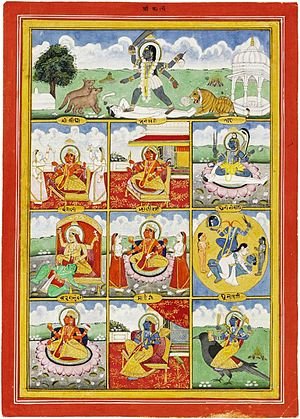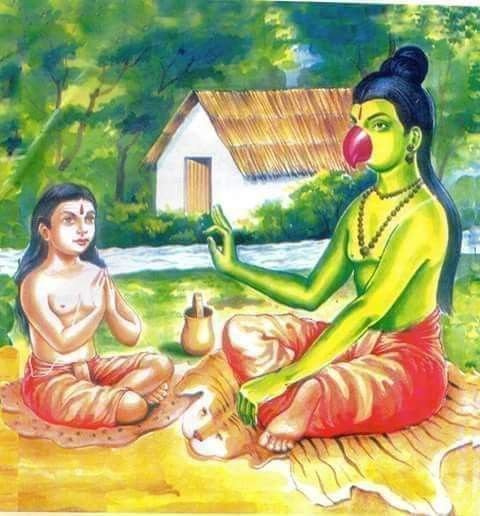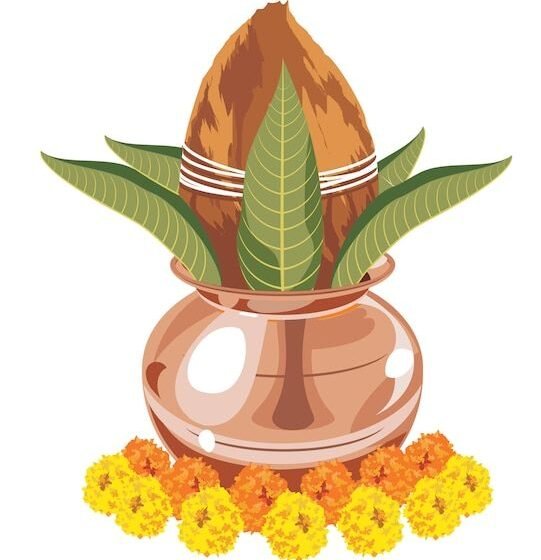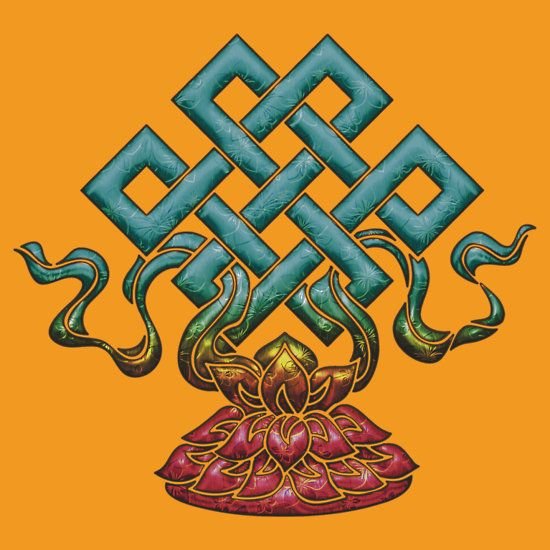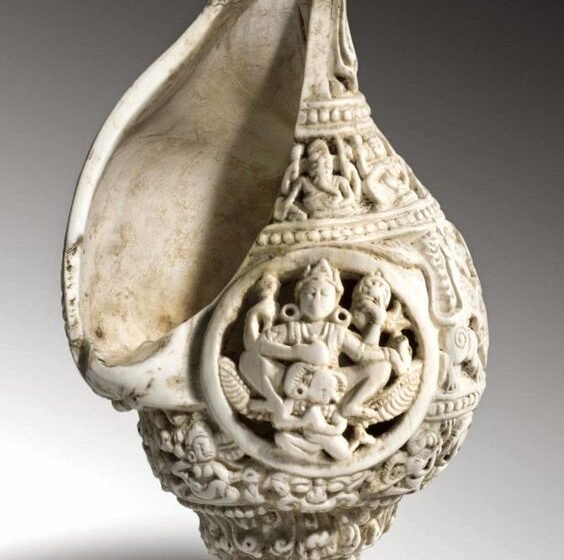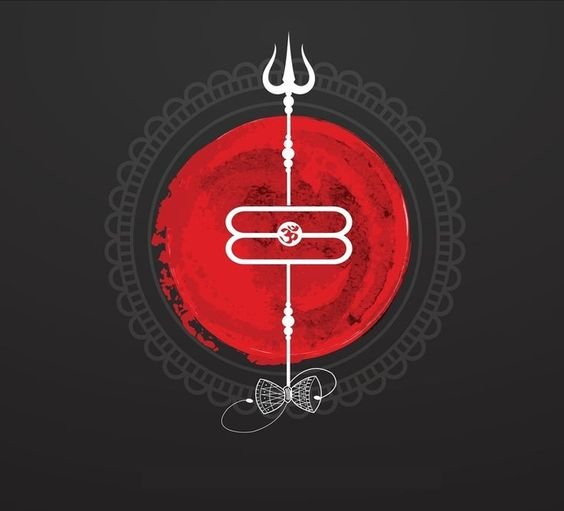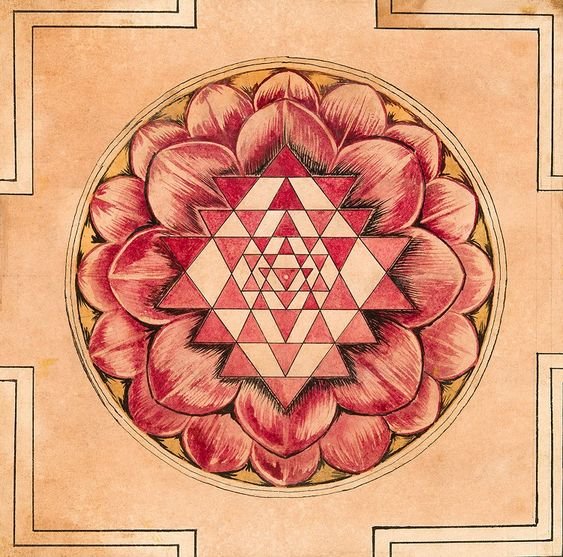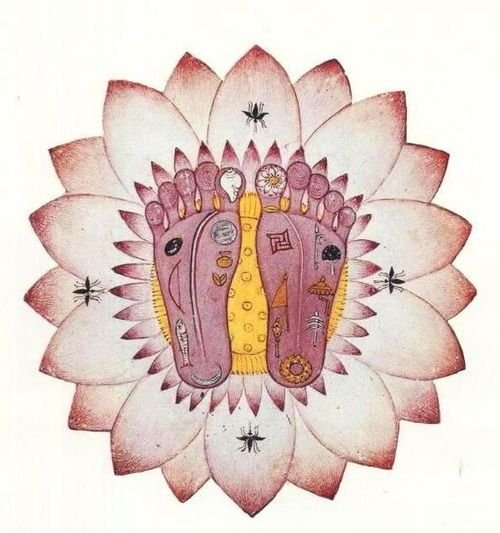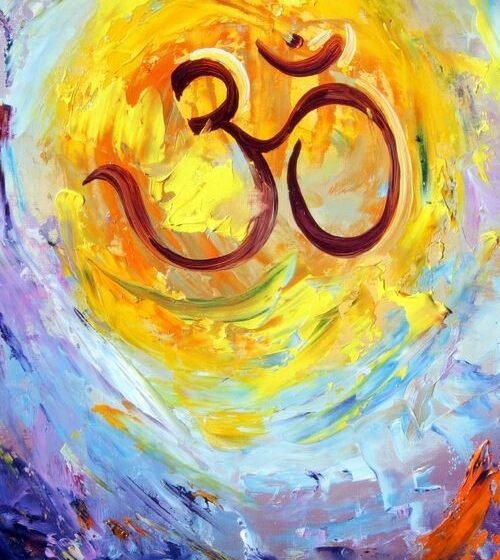Until the development of the Das Mahavidyas or the ten Mahavidyas, male gods were given much importance and were the focal deities of worship and reverence in Hinduism. It was with the origin of the Ten Mahavidyas that femininity and female gods were seen as the ultimate reality and as guidance toward spiritual awakening and […]Read More
Suka, is a Sanskrit word for parrots. In Hinduism, Suka plays a pivotal role as one of the prominent and renowned symbols of Hinduism. The earliest mention of Suka or the parrot can be traced back to the ancient scripture of the Rigveda somewhere around 1500-1200 BCE. However, the word or rather the name Suka […]Read More
Purna Kumbha literally translates into a full pot or a full pitcher. It is a brass pot or vessel filled with water, who’s mouth is decorated with mango leaves, coconut and flower offerings, and the body of the vessel sometimes has a metal carving of a goddess’s face or the symbol of the sun god […]Read More
Shrivatsa or Srivatsa is a Sanskrit word that means the beloved of Sri. It a triangular shape mark that is said to appear on the right side of Vishnu’s chest—one of the major Hindu deities and one of the three creator deity. The triangular mark, depicted as a looped knot or a set of interlocking […]Read More
Across the world the Conch is popularly known as the sea snail. In India, especially in Hinduism the Conch holds a place of significance in the ancient sacred text as well as in the religious practices. The Conch as the Sanskrit word Shanka first finds its mention around 1000 BCE in the ancient Vedic text […]Read More
The Trishul, or the trident derives its name from the Sanskrit word Trishula wherein, tri means three and shula means a sharp iron stake. The Trishul is an important symbol in Hinduism. In most of the Hindu iconography and mythology, the Trishul is often associated with Lord Shiva, one of the principal deities in Hinduism. […]Read More
Yantras are a form of geometric diagrams widely used in Tantric tradition and religious practices in India. The Yantras are used during the worship of deities in order to bring in the qualities of meditation to the worship. In Hinduism, the Yantras, especially the Shri Yantra Chakra is one of the most auspicious symbols. Worn […]Read More
The Lotus flower also known as the sacred lotus is an aquatic plant species that grows in murky, dirty conditions. Despite of being rooted in the mud, it petals bloom stainless and often this quality of the flower is associated with the aspect of purity. Furthermore, the flower’s act of blooming at dawn and closing […]Read More
The symbol of Swastika, is yet another, in fact the most auspicious and important of symbols in Hinduism. Similar to its usage as that of the symbol Om, Swastika—a shape of two crosses—is drawn outside of Hindu homes, on vehicles, used elaborately during the weddings and carved on the walls and architectural designs of Hindu […]Read More
Across India, the symbol of Om is widely used and seen. Painted above the doorframes of Hindu houses, behind the auto-rickshaws, outside the Hindu temples and shop fronts, the letter Om lingers in between the hustle-bustle of Indian cities and in the quiet of Indian villages. Chanted before and after the prayers, during the reading […]Read More
